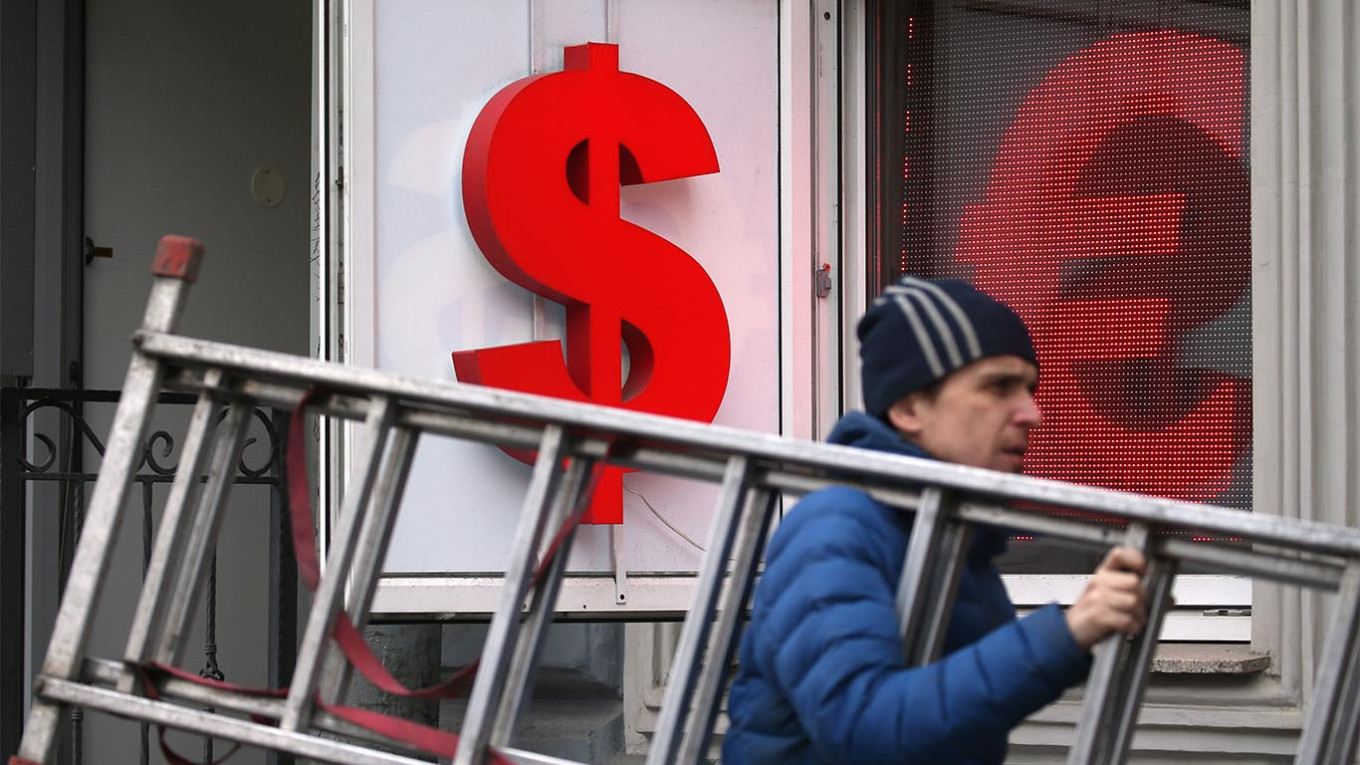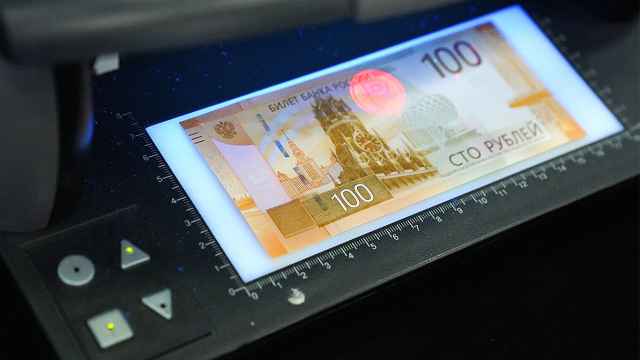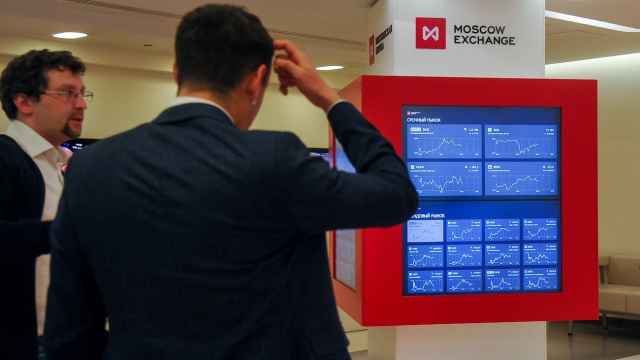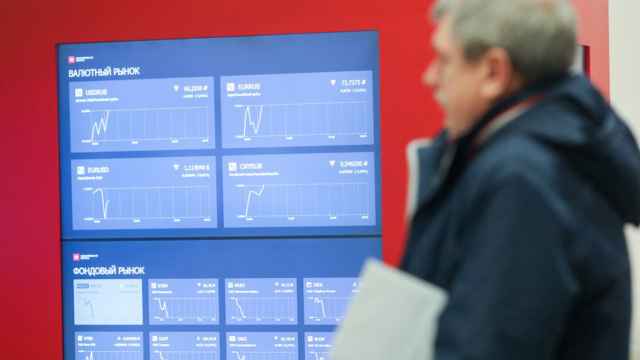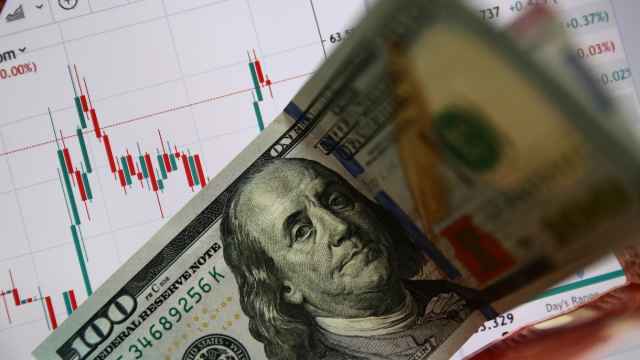The ruble has hit its strongest level in more than two months, pushed higher by investor confidence, renewed appetite for risk and a partial recovery in worldwide oil prices.
The ruble was trading at 70.8 against the U.S. dollar Thursday morning — a 12% appreciation since panic on the financial markets in mid-March sent investors fleeing and the Russian currency to its lowest level since the 2016 economic crisis.
The ruble is now swapping hands at prices not seen since before Russia walked away from an oil production pact with Saudi Arabia on March 6 — a move which caused oil prices to crash to their lowest levels in two decades by mid-April.
Analysts pointed to global optimism as European countries start to lift quarantine measures, and investors begin to unwind positions in safer assets they built up earlier in the pandemic.
“At the moment, the Russian market is dominated by extremely optimistic sentiment,” said Nordea’s Grigory Zhirnov.
Russia’s Finance Ministry sold a record 170 billion rubles ($2.4 billion) of government bonds at auction Wednesday, with strong demand from both domestic and foreign investors, according to Maxim Korovin, a strategist at investment group VTB Capital.
Russia is starting to be seen as a “safe haven” among investors, Elina Ribakova, deputy chief economist at the Institute of International Finance believes, pointing to the government’s strong financial position.
“The scenario that has played out so far — including the sudden stop in capital flows and the dramatic drop in oil prices — is much more severe than we could have imagined, but Russia has fared reasonably well,” she wrote in a report published Wednesday.
“Russian assets have performed well in recent weeks — as the country is perceived as somewhat of a ‘safe haven’ and investors appear to be returning after the sell-off across the emerging market universe earlier in the year,” she added.
The ruble also strengthened slightly on reports in the Russian media that the government could accelerate drawdowns from its national welfare fund (NWF) to fund spending over the next 18 months, Yuri Popov, an analyst at Sberbank said. The government has been reluctant to do that so far, but any additional use of the NWF would mean higher sales of Russia’s foreign currencies and stronger purchases of rubles — thus, it could be an extra fillip for the currency.
Popov added, however, that despite the reopening of economies, financial assets, including the ruble, are likely to seesaw in the coming days as more data about damage from quarantine measures around the world begins to emerge.
A Message from The Moscow Times:
Dear readers,
We are facing unprecedented challenges. Russia's Prosecutor General's Office has designated The Moscow Times as an "undesirable" organization, criminalizing our work and putting our staff at risk of prosecution. This follows our earlier unjust labeling as a "foreign agent."
These actions are direct attempts to silence independent journalism in Russia. The authorities claim our work "discredits the decisions of the Russian leadership." We see things differently: we strive to provide accurate, unbiased reporting on Russia.
We, the journalists of The Moscow Times, refuse to be silenced. But to continue our work, we need your help.
Your support, no matter how small, makes a world of difference. If you can, please support us monthly starting from just $2. It's quick to set up, and every contribution makes a significant impact.
By supporting The Moscow Times, you're defending open, independent journalism in the face of repression. Thank you for standing with us.
Remind me later.


